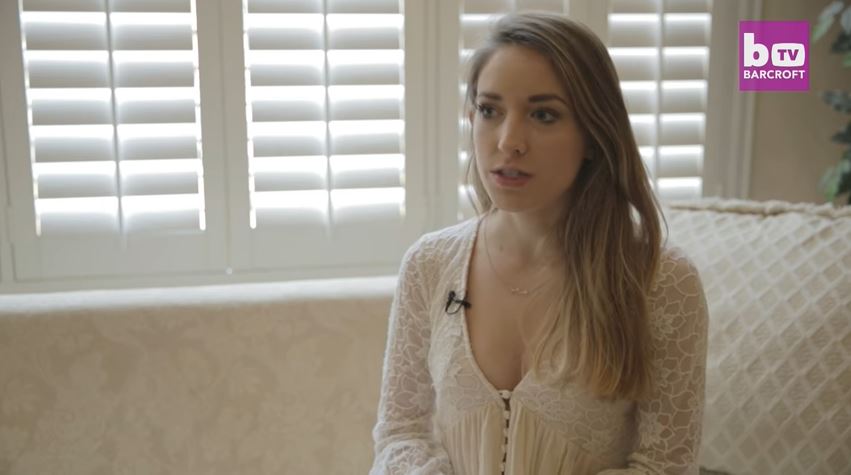Woman Born Without a Vagina Speaks Out About Rare Condition

A woman in Arizona who was born without a vagina — the result of a rare condition — is speaking out about her condition, and raising money for a surgery to treat it.
Kaylee Moats, who is 22, first learned she did not have a vagina when she was 18 and had never had a menstrual period, according to a video about Moats' case, made by Barcroft TV. An ultrasound performed at her doctor's office revealed that she did not have a uterus, cervix or vagina.
"It makes me feel less of a woman," Moats said in the video. "I'm still trying to accept myself, accept what I have and not dwell on it."
Moats was diagnosed with Mayer-Rokitansky-Küster-Hauser (MRKH) syndrome, a condition that affects about 1 in every 4,500 newborn girls, according to the National Institutes of Health. It happens when, during embryonic development, the female reproductive organs (including the uterus, cervix and vagina) do not develop properly. As a result, the uterus and vagina may be underdeveloped or absent entirely, the NIH said. [7 Facts Women (And Men) Should Know About the Vagina]
People with this condition are genetically female (meaning they have two X chromosomes), and have normally functioning ovaries. They also have normal external genitalia, and so the condition is usually discovered only when women do not get their period, as was the case for Moats.
In some cases, the condition can be treated without surgery, by using vaginal "dilators" to create a vagina or enlarge an existing vagina, according to the National Organization for Rare Diseases (NORD). Vaginal dilators are specially designed plastic tubes that can be used to stretch and widen the small amount of vaginal tissue that is typically present (sometimes referred to as a vaginal "dimple"), according to NORD.
The condition can also be treated with surgery to create a vagina, which is called a vaginoplasty.
Sign up for the Live Science daily newsletter now
Get the world’s most fascinating discoveries delivered straight to your inbox.
Researchers have created vaginas in a lab dish, by taking a patient's own cells and growing them on a scaffold to form a vaginal shape. In 2014, researchers announced they had implanted these vaginas in four teenage girls, and the treatment was successful. However, the treatment is still experimental.
For Moats, the next step is to have reconstructive surgery to create a vagina, she said. However, the surgery costs $15,000 and is not covered by her insurance.
"They consider it a cosmetic surgery or a gender reassignment," Moats said. "It's very hurtful" to not have this surgery covered by insurance, she said.
Moats' sister, Amanda Moats, started a GoFundMe page to raise money for the surgery. As of today (Aug. 17), she had raised $16,997, exceeding the goal of $15,000.
"Getting the surgery will help me feel normal and have all the right body parts as any other girl," Moats told Barcoft TV.
Moats has a boyfriend, Robbie Limmer, whom she met as a senior in college. Moats said Limmer has been supportive of her, and does not focus on the sexual side of their relationship.
"Knowing that he accepts me for who I am, and doesn't see me as less of a person or less of a woman, makes me feel loved," Moats said.
Moats hopes to have children someday. Because she has functioning ovaries, she can, in theory, use a gestational surrogate to carry her child.
Original article on Live Science.

Rachael is a Live Science contributor, and was a former channel editor and senior writer for Live Science between 2010 and 2022. She has a master's degree in journalism from New York University's Science, Health and Environmental Reporting Program. She also holds a B.S. in molecular biology and an M.S. in biology from the University of California, San Diego. Her work has appeared in Scienceline, The Washington Post and Scientific American.









